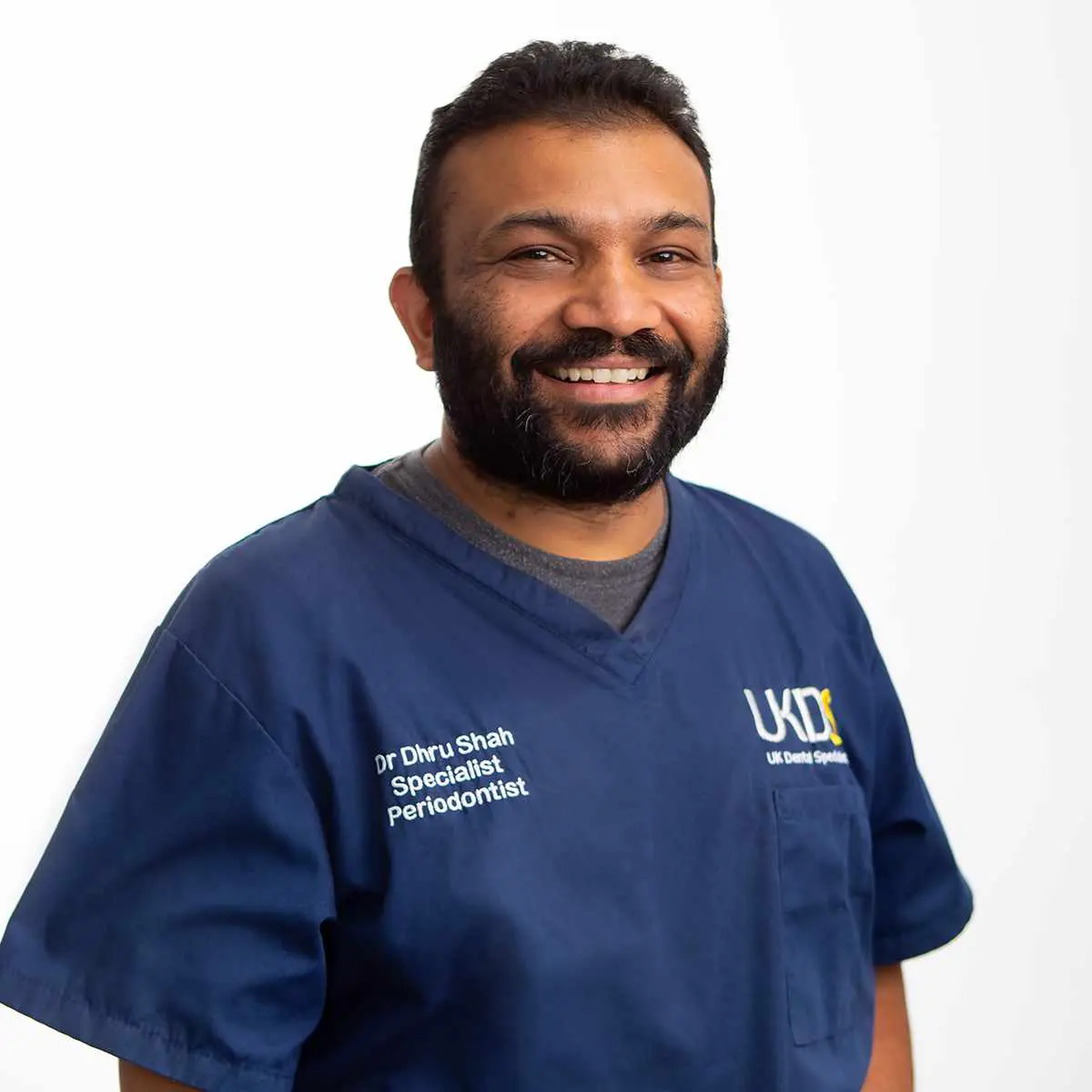Do you allow influences to bias your decision-making?
This is another guest post by Dhru Shah, following on from his interesting and challenging posts that we published last year. In this new post, he uses the treatment of a compromised tooth as an example of the factors that may influence clinical decisions. This example is particularly relevant to orthodontics when considering our choices regarding the use of clear aligners, methods to expedite tooth movement, and special brackets. His viewpoint is both valuable and pertinent to our clinical practice.
The problem
Imagine you find yourself with a patient who has a compromised tooth. Both options for saving the tooth or extracting it (and replacing it with an implant) are viable.
The cost will be roughly the same. Saving the tooth will likely require a root canal treatment, a core, and then a crown. Extracting it and replacing it with an implant will necessitate a delayed placement approach.
What will influence your decision?
If you consider purely the patient’s interests, you will give serious thought to the option of saving the tooth, as long-term studies on periodontal and endodontic treatments show positive outcomes for tooth retention.
However, you may opt for the implant option because:
- The root canal, core, and crown are technically more demanding, and your skill set is more adept to, and you feel more comfortable with, placing implants.
- The return on investment, in terms of the fee per hour, is higher for the implant option.
Either of these two options can influence your decision-making. They shift the focus away from considering the patient purely and more towards your interests and biases. Thus, your decision-making can be influenced without your realisation.
The impact
1. Firstly, there is the rise in implant-focused courses and conferences (similar to aligner and other meetings for orthodontists). Implant companies have large budgets and are willing to sponsor courses that utilise their implants. Additionally, some of these companies are organising their own conferences, with some even fully covering the delegates’ accommodation and travel. Of course, none of these courses or conferences will claim that their particular implant system has deficiencies or discourage the use of implants in favour of other treatments. On the contrary, they will present the conference as an educational event. Yet we all know that the focus is primarily on their implants and products. They even provide incentives for using and purchasing their products.
2. Secondly, there is an increase in discussions and posts that centre around money, high-value items, conversions, and monthly gross income. I have even heard a CEO of a corporation boasting about how he has built a corporate entity with a certain valuation. (He rarely mentions the impact he has had on health). Through the grapevine, I have learned that this same corporation has a chart in the staff room that measures how much income each clinician has generated for the day versus the target. The focus is on revenue
Where does this lead us?
When the emphasis of the factors mentioned above is on revenue and implants, decision-making is influenced accordingly. The process of making decisions becomes biased; it is no longer purely in the patient’s best interest.
This is where cause-driven leadership comes into play. Cause-driven leaders concentrate on patient-centred outcomes. Self-driven leaders amplify these kinds of influences further.
The distinction may be minute, but the long-term impact could be massive.
Would this contravene regulatory body standards if a professional is aware of it? I don’t know.
The current car finance scandal unfolding in the UK courts is a sign. Car sales agents did not inform customers that they would get a commission for recommending finance. This is likely to result in a global payout that some consider may reach similar proportions to the UK protective equipment scandal during the COVID-19 pandemic.
I sometimes worry about the direction dentistry is taking.
Dhru Shah is a specialist periodontist in the UK who runs the influential Dentinal Tubules education platform

I always found it funny when I lectured I was always asked for research. But the same dentist will get a facebook add and beleive it.
Thank you for your comment. It is a challenge and we need to be able to teach healthy critical thinking in society